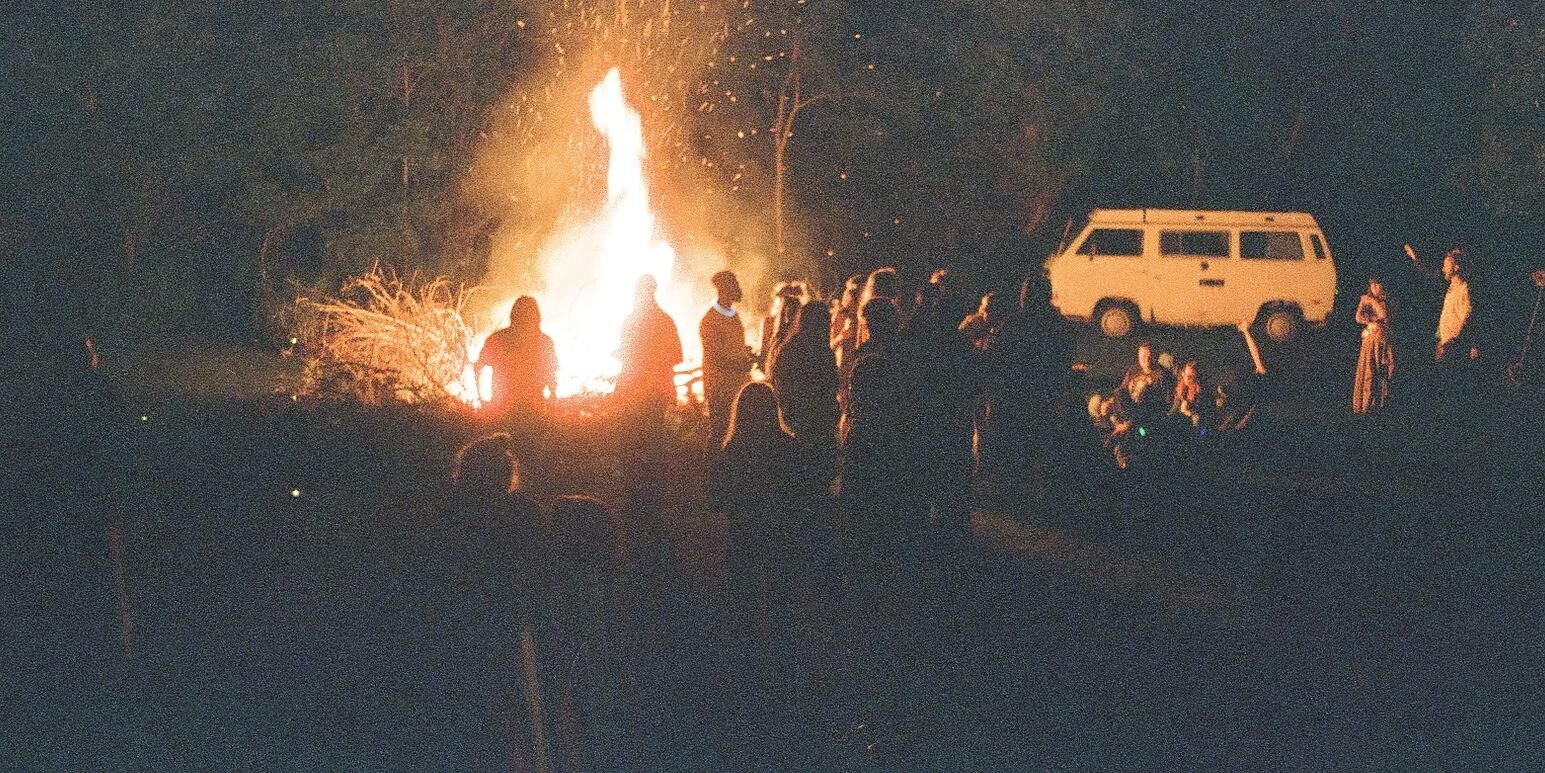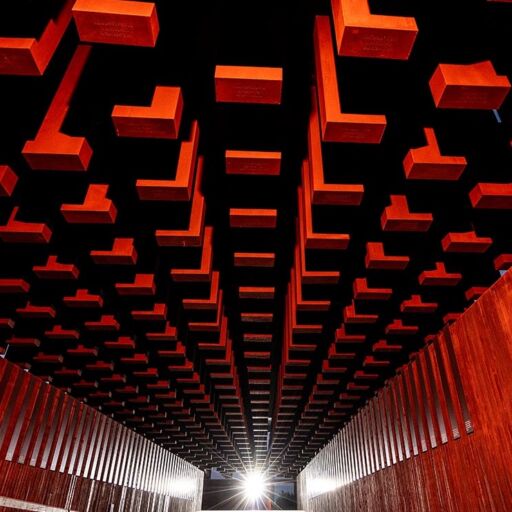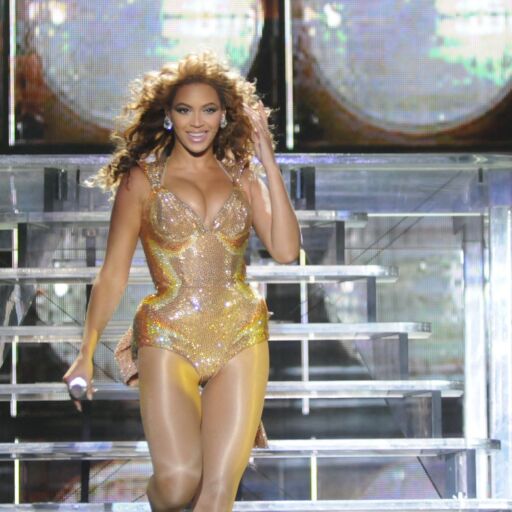You almost certainly don’t think about Iowa, a predictably flat, predictably conservative state in the same sentence as Pride Month. But Iowa’s history of LGBT trailblazing goes way back. In 1976, the state repealed a law criminalizing same-sex sexual activity 27 years before the Supreme Court followed suit. In 2009, it became the third state to legalize same-sex marriage (California was tenth). The Supreme Court jumped on the bandwagon six years later, but according to reporting by Iowa Public Radio, something happened in those intervening years. Same-sex couples from neighboring Minnesota, Wisconsin and Illinois began flocking to the quirky little town of Decorah, Iowa to elope.
Decorah’s an Iowa outlier in a few ways: it’s hilly, inclusive, sustainable, funky. I’ve lived here for the past nine months teaching English at a private liberal arts college. The Pride Festival in this town of 8,000 isn’t just a parade or a sideshow, it’s an all-day, all-night community event. The local co-op posts flyers advertising queer support groups. There are more rainbow flags outside churches than there are crosses.
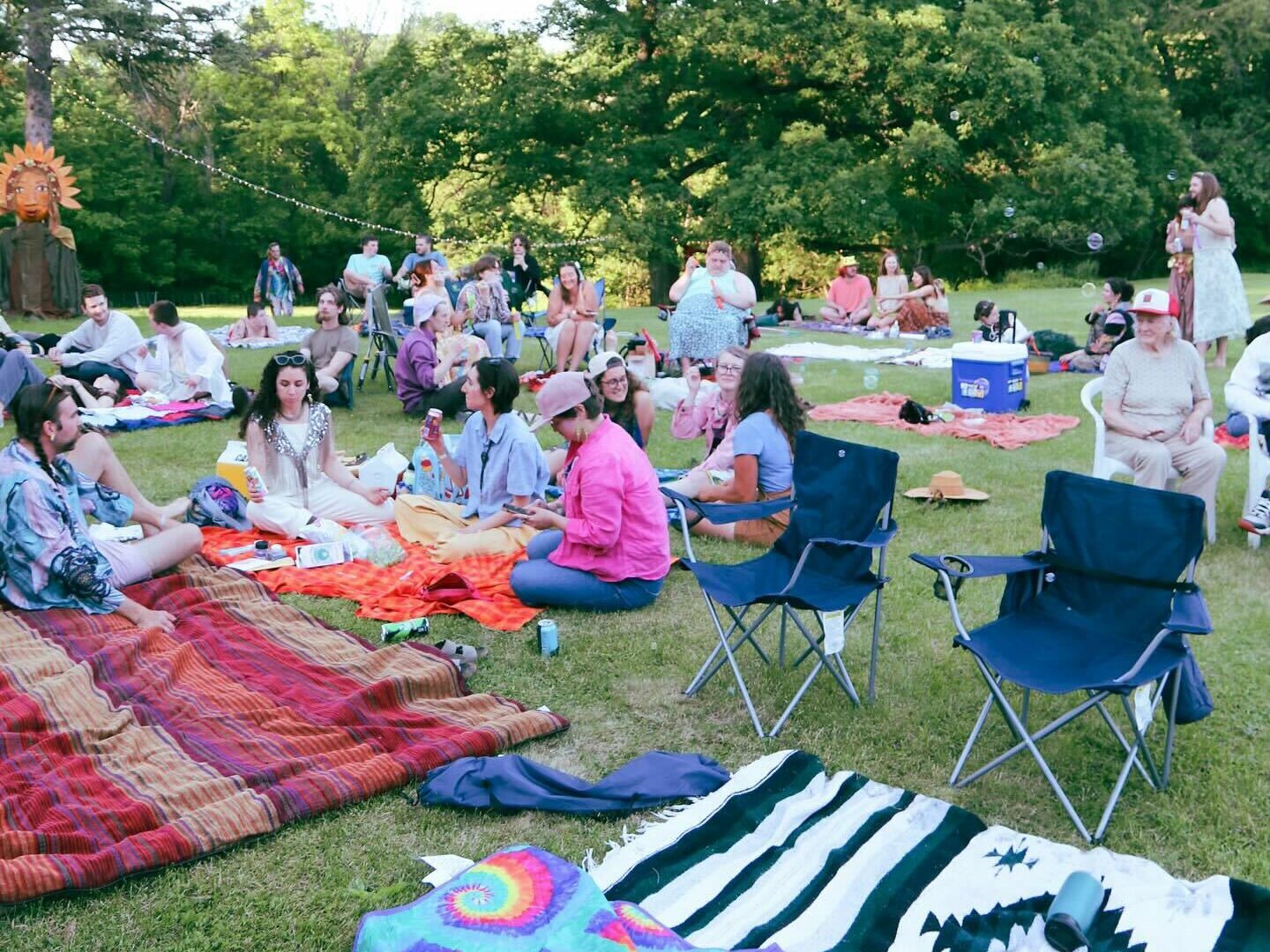
Enter Gays & Faes. The idea for this one day music and art festival came, as so many great ideas do, out of a casual conversation among friends in Decorah. Two of the organizers had been hosting elaborate parties at their house, sometimes taking a cover charge for their friends’ bands to play in the basement. A third was an experienced event planner. Gradually their enthusiasm for a fairy-themed Pride festival snowballed as the milestones came and went: locking down a venue, wrangling the bands, getting the word out via Instagram and tiny handmade flyers.
A word about those flyers. They’re about the size of a business card, tucked discreetly under potted plants and vases in only the snazziest cafes and restaurants around town. They offer very little practical information about, say, ticket prices or the festival’s location, but that’s entirely the point. Where most flyers shout, these whisper. You find yourself leaning in to see them better, scrutinizing the miniature text for crucial information. “Camping,” they read, “art market… and more!” The vibe is more secret shindig than blowout bash, and ticket sales were capped to keep attendance below two hundred. If I wasn’t already friends with the organizers, I might never have guessed Gays & Faes was anything worth attending.
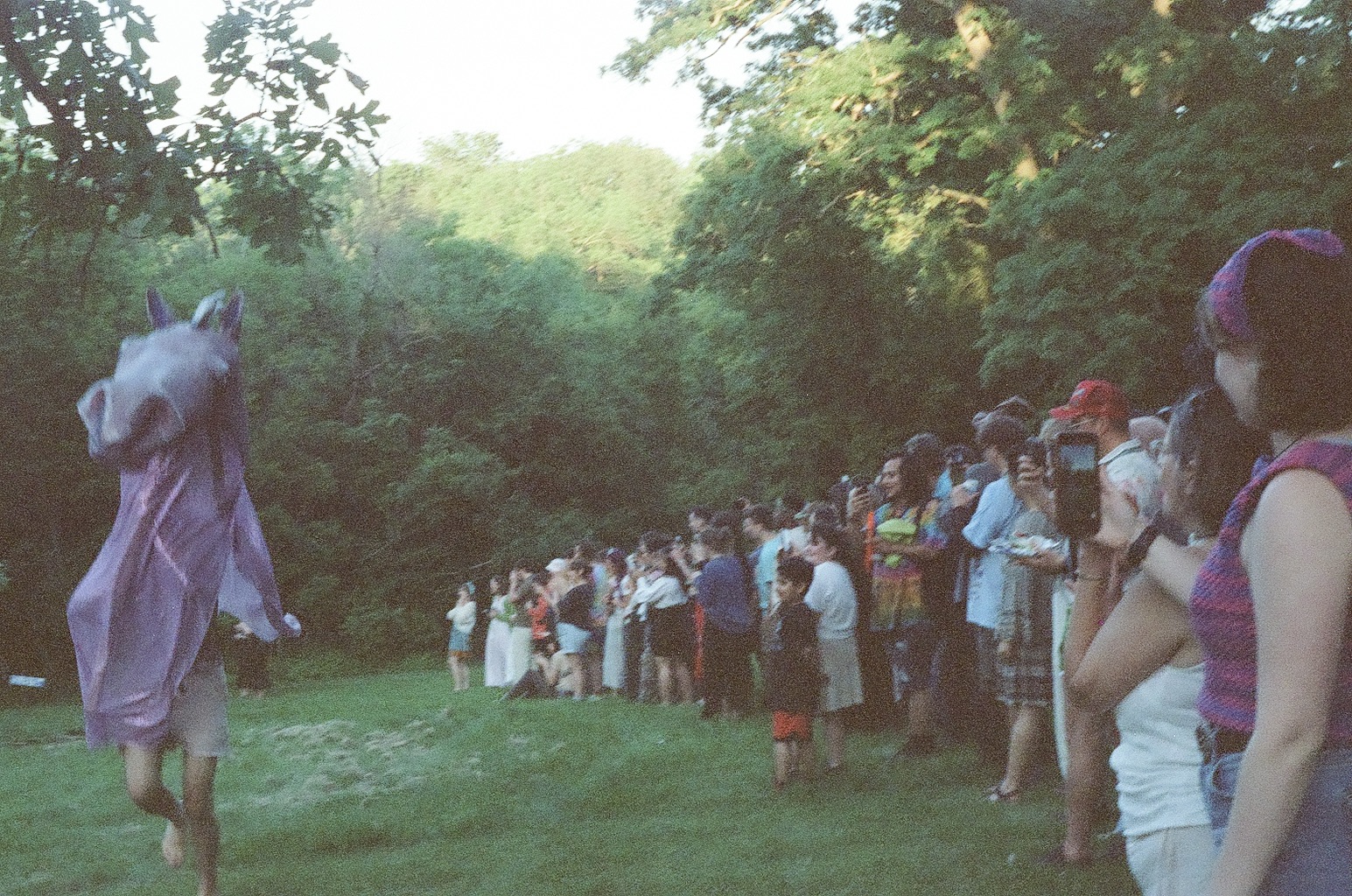
I felt keenly that thrill of if-you-know-you-know secrecy driving to the festival grounds on the evening of June 1. Set at South Bear School, a Bauhaus-inspired homestead and pottery studio 10 minutes southwest of Decorah, the event’s signage was minimalist at best. A small yard-sale sign on the side of Highway 9 read simply G+F, with an arrow pointing down a gravel road. South Bear School, I quickly discovered, isn’t searchable on Google Maps, and the address was nowhere to be found on the Gays and Faes Instagram, so these inconspicuous guideposts were my only hope of arriving at the promised land of sapphic sorcerers and nonbinary nymphs.
Rolling in a couple hours before sunset, I found the parking lot by the property’s entrance already nearing capacity. A gyro truck was serving up paper plates and a welcome booth doling out rainbow bracelets to the steady trickle of festival goers. The property spans 12 acres of hardwood forest shot through with quaintly named, meandering trails like Nettle Boulevard and Sled Run. Campsites were Mellow Meadow and Frog Hollow, idyllic clearings stocked with firewood and situated on the banks of the cold and shallow South Bear Creek.
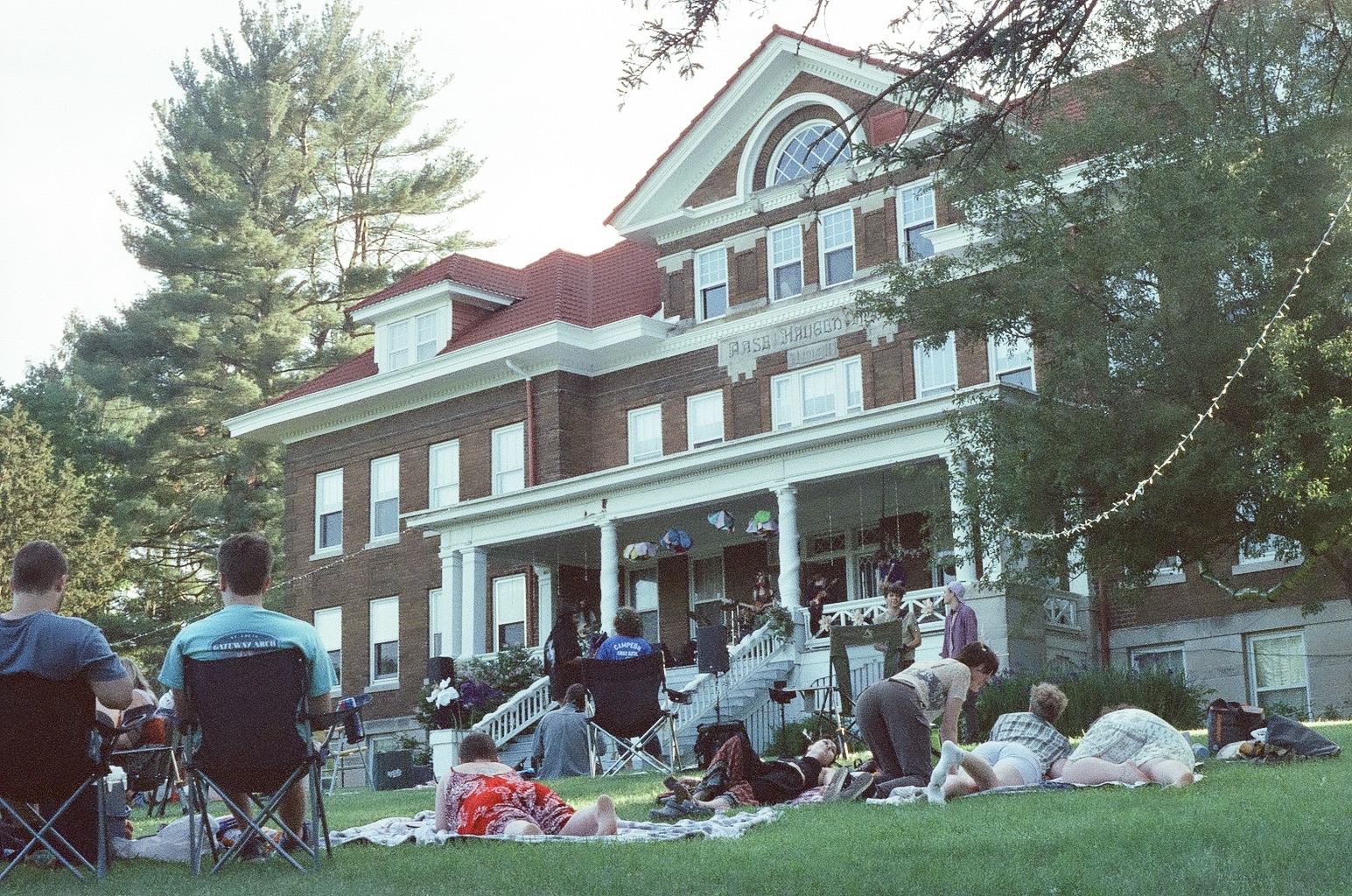
I resisted the urge to follow the sound of The Lavender Project’s hard rock and hip-hop fusion straight away, instead setting up camp near a few friends while it was still light out. I picked a popular area to stake my tent, figuring a night of rough sleep at a music festival was a foregone conclusion. The more people I met, the clearer it became that nearly every queer Millenial and Gen Zer within a two hundred mile radius had made the pilgrimage to Decorah for the occasion. The youth of the Midwest were hungry for a place of their own. There were attendees from as far as Chicago and Duluth, flower-crowned fairies in ren faire corsets who had driven five hours to see their friends perform on stage.
The word “stage” is perhaps a bit grandiose for what was really a raised patio in back of the brick ceramics studio, but the Gays and Faes lo-fi aesthetic was also part of the appeal. This was the inauguration of a communal enterprise, a grassroots happening, not a corporate affair. The artists themselves had almost certainly paid more in gas money than they could hope to recoup, but that was beside the point. Everyone there believed that this was important — even necessary.
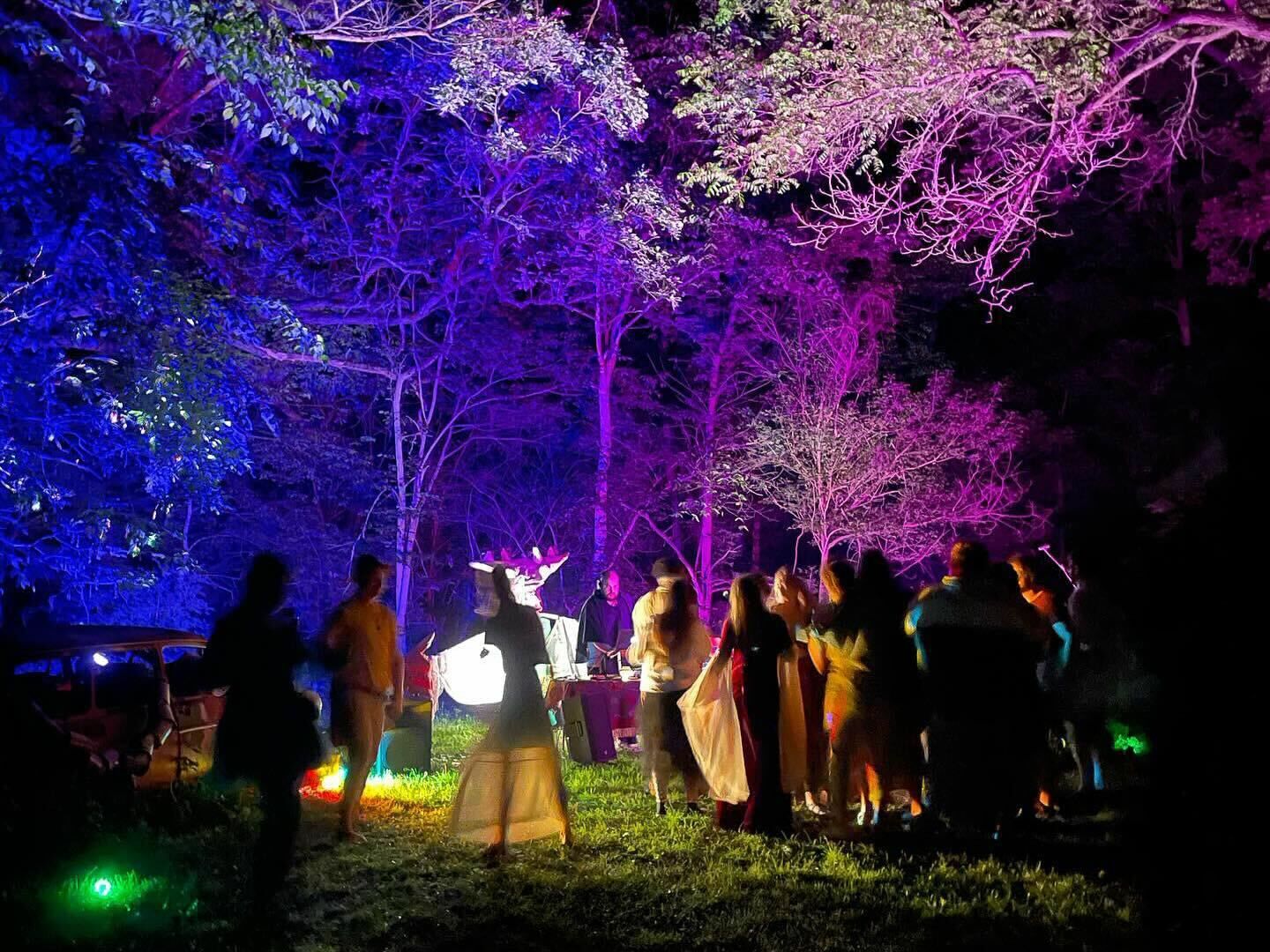
The lineup, in order of appearance, featured KYM, The Lavender Project, charlieboy, Killed by Kiwis, and Texas Toast. Eccentric intermission acts filled the time between sets, including a much-anticipated goat parade, which saw us all inexplicably cheering a herd of goats as the farm manager led them from one enclosure to the next. My favorite moment of the night came in the last minutes of Texas Toast’s epic closing set, a warm breeze of cowboy psychedelia that finally got the stolid crowd to its feet. Just as the singer was counting in one of his last songs, an elderly figure emerged from the screen door behind him, a sleepless resident of the old brick building asking how much longer the band intended to play. It was an unsubtle reminder of the world outside, the world of norms and schedules, and also of the building’s history as a former nursing home.
By 11:00 p.m., once all five acts had performed, the action shifted to the far end of the property, where DJs Skintight Disco and Bigstinkies could supply the late-night jams without fear of disgruntled neighbors. Known as The Boneyard, this improvised dance floor sat near a large bonfire, complete with glow-in-the-dark hula hoopers, fire spinners and fantastical paper mache sculptures. In this smaller, more intimate space, the crowd felt newly energized, cheering every transition from song to song and huffing when at last DJ Bigstinkies threw up their hands and said “I literally have no more songs.”
In the morning, the procession from tent to parking lot was slow and bedraggled, as it always is at the end of a festival. But the farewell hugs were punctuated by sighs of gratitude for the weekend that put me in mind of a close-knit dinner party or a family reunion. There were no plans in place for a sequel to this year’s Gays & Faes, it was too soon for the organizers I spoke to even to consider, but already the early risers in the parking lot were speaking in future tense. “See you next year?” they asked, waving each other out of view. By which I took them to mean “I will.”


